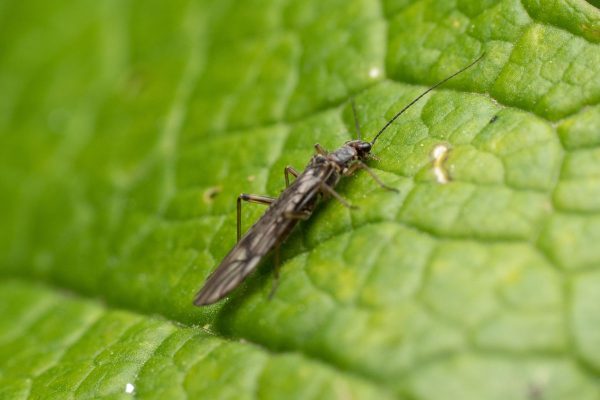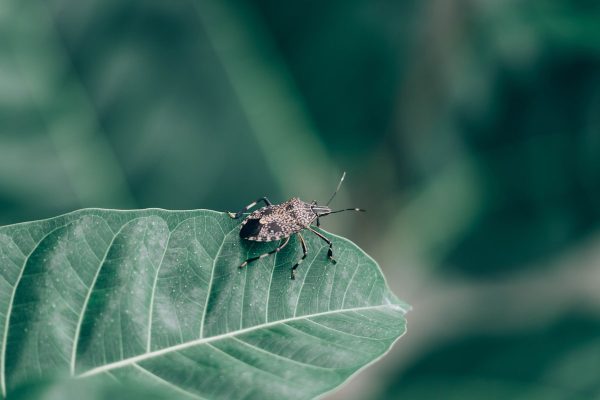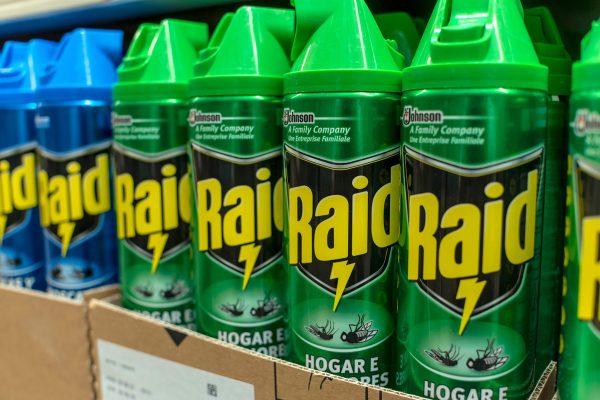If you're finding springtails hanging around your plants, your first instinct is to be alarmed. Having annoying critters near your plants is not a good sign, so you'll want to eliminate them as soon as possible. However, do pests such as springtails actually harm plants? What can their presence signify? We have researched answers for you.
Springtails are generally harmless around established plants, but they feed on decaying roots, algae, and fungi. They thrive in a highly humid environment and near pools of water where pollen or algae are present.
However, rare species of carnivorous springtails eat one of their species and damage young plants. Fortunately, these instances are not common.
Having plants requires a sharp eye and an effective routine to ensure their growth. Although harmless, an abundance of springtails in your home can still be a problem. Keep reading below to learn more about preventing a springtail infestation and how to make your plants thrive.
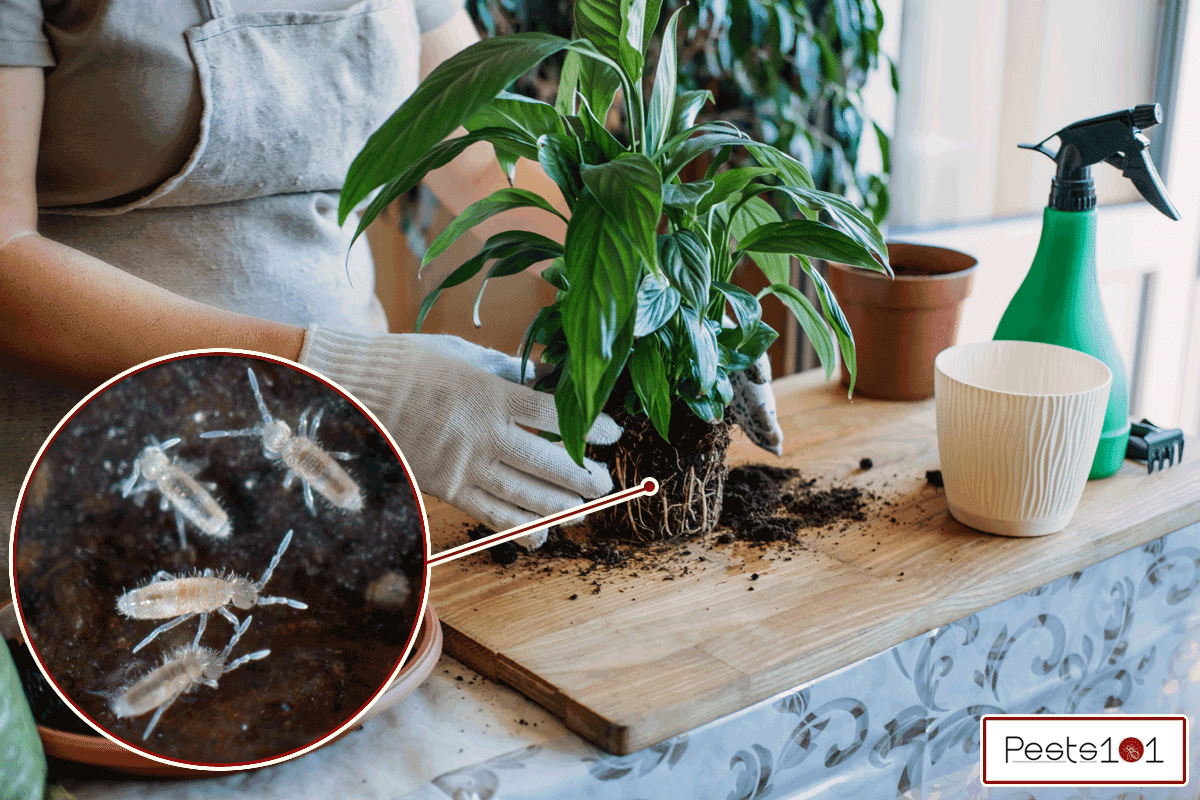
What are springtails?
Springtails have gotten their names from having a forked tail. They are minuscule in size, ranging from 10mm and as small as 0.2 mm. However, despite their size, you can recognize their population if they are clumped together.
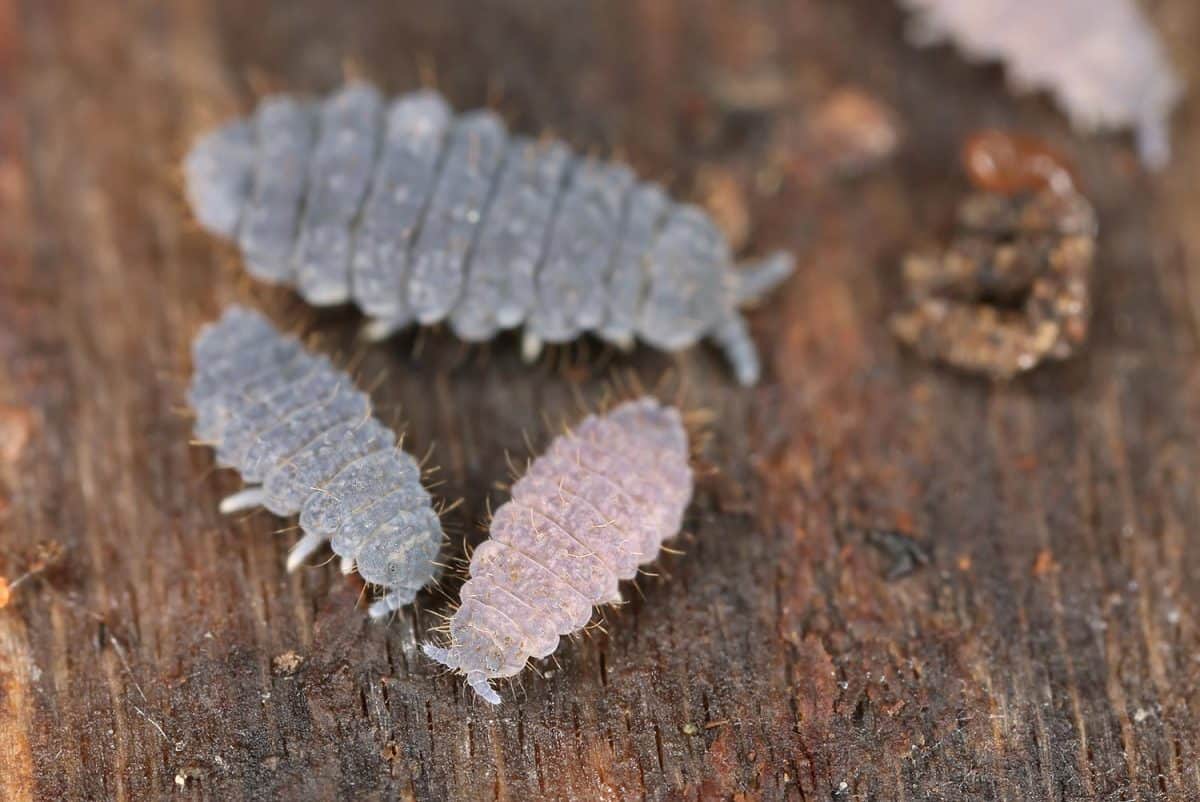
These species can be found either outdoors or indoors. They are very small, so they can easily slip through the smallest cracks in your house.
Though they are considered pests, they do not actually bite and you would hardly notice they're there unless you look closely--which is what you often do when you water your plants.
When there is an abundance of moisture and food, springtails reproduce quickly. However, they quickly die in a dry environment with no sources of food such as algae, bacteria, and rotting plants.
Where do springtails thrive?
Springtails are typically found in humid areas. Indoors, they are most likely to infest areas with high amounts of moisture such as kitchens, bathrooms, damp walls, unmanaged basements, and faucet drains. Outdoors, springtails are commonly found in damp soil and a thriving garden.
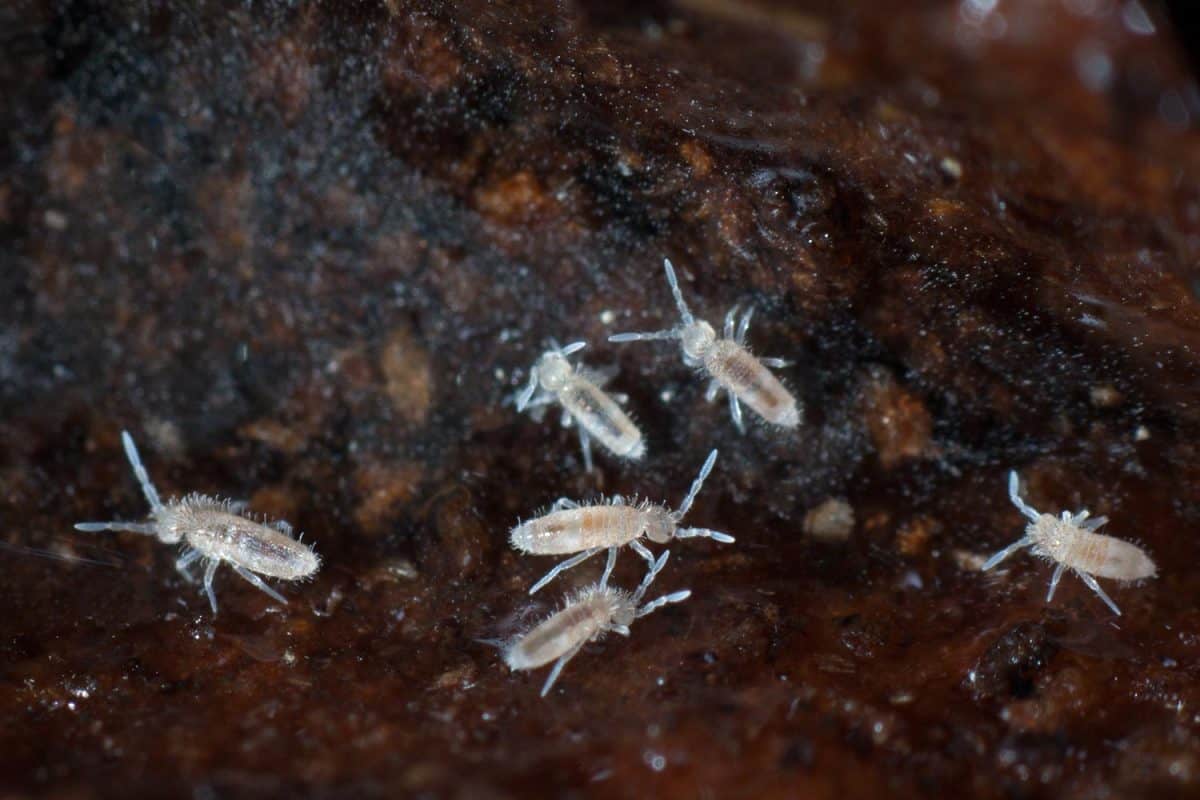
They are also likely to infest compost bins since springtails love organic debris. However, they won't poison or damage them; they simply convert them into nutrients while simultaneously nourishing your lawn.
Springtails are also attracted to overwatered house plants. Their species enjoy overly-damp soil mixes especially when mixed with decaying leaves and roots.
Can springtails thrive in the winter?
During the winter, there is a springtail species called Snowflea that can be found outdoors when the ice starts to thaw. You can find them in ponds of water where they nibble on decaying organic matter, as well as leaf litter during the season's transition to summer.
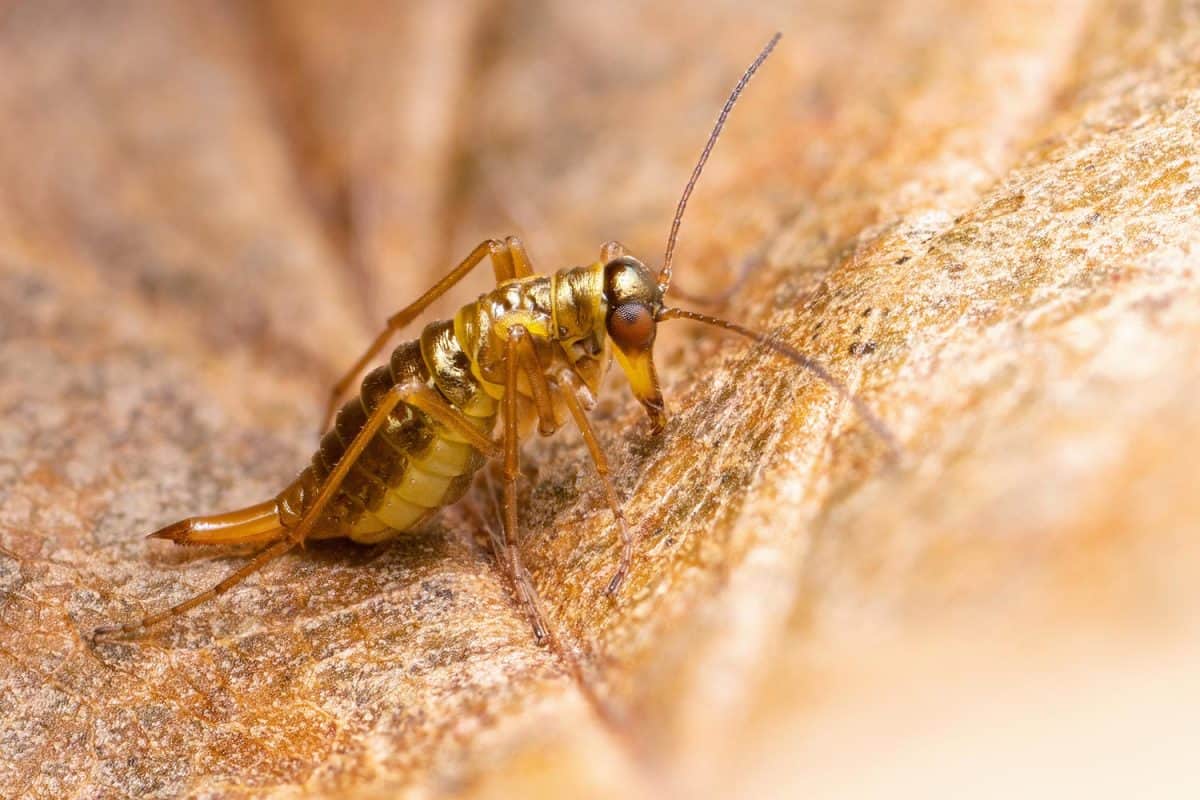
They are highly tolerant of cold weather, so they can move up to the snow and move wherever they can get their nourishment.
Despite their name, Snowflea is not like the typical flea, although they can make your snowy yard look black when they accumulate which can become a nuisance. Just like other species of springtail, they do not bite and harm healthy vegetation.
How to Get Rid of Springtails
Even though they are generally harmless, they're not exactly welcome in our homes. Since they thrive in moist areas, you'll want to fix any areas that may have plumbing and insulation issues. Make sure to check around window moldings, cellars, and basements as well since springtails are likely to make their home there.
There are two things you need to do to get rid of these critters: Environment control and elimination. Here are ways you can drive out springtails.
Spray Vinegar on Springtails
Vinegar instantly burns any insect, springtails included. You can place the vinegar in a damp rag, spray it with vinegar and wipe the surface infested with springtails, or you can spray the vinegar directly on them.
Read: "Does Vinegar Kill Springtails?"
Eliminate with Bleach
If the springtails remain stubborn, pour a small amount of bleach on the critters. However, some surfaces react badly with bleach--and they don't smell good--so you may want to opt for other solutions.
Fumigation

This should be a last resort. If the number of springtails inside your home is beyond manageable, call an exterminator and have them fumigate the area. Their insecticides have a powerful chemical that can kill not only springtails but other pests in your area.
How to Avoid Springtails
A springtail infestation highlights an underlying problem in your home. Simply getting rid of them isn't enough; they will come back if your house is the perfect environment for them to thrive.
You'll need to upgrade your home's indoor climate and fix up leak issues that contribute to your home's overall humidity.
Invest in a Dehumidifier
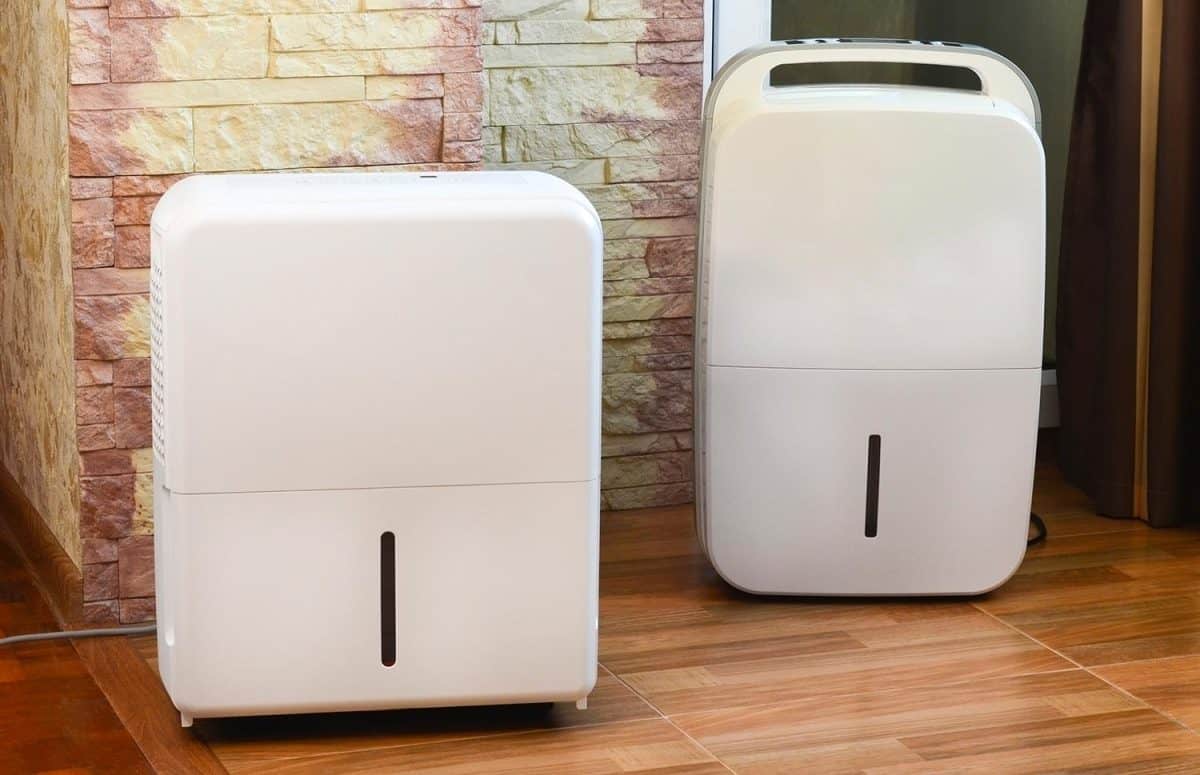
Dehumidifiers are effective in pulling out moisture in a room. Place the dehumidifier in areas like the basement, bathroom, and kitchen to prevent moisture-loving pests from infesting your space.
Aside from springtails, dehumidifiers also prevent the infestation of other pests. Most of these annoying critters thrive on condensation, so dehumidifiers will effectively dry out their favorite spaces and make your home feel safe and clean again.
Repair Leaks and Damaged Walls
Leaks in the bathroom, kitchen, or living room can oversaturate your space with moisture. This will attract springtails, especially if not fixed immediately.
If you have damp walls, fungi and mold are likely to accumulate on the surface. Springtails feed on such, so you are likely to see them infest your walls. Make sure to have these issues repaired by an experienced professional immediately so you can control your home's indoor climate easier.
Improve Ventilation
Having a reliable and efficient ventilation system is key to preventing your home to have a damp atmosphere. Install an exhaust fan in humid areas, open the windows to allow clean air to come in, and repair damaged caulking on your windows.
Springtails will quickly die and avoid your home once they notice that the environment no longer serves them.
Do springtails have benefits?
Although you don't want pests--even harmless springtails--anywhere inside your house, you may want them in your vegetation or garden area. This is because the majority of their species help in nourishing the plant-soil by breaking down organic compounds as they feed on them and excrete them.
Springtails also hasten the breakdown of organic material in compost pits, making your soil even healthier. With these benefits, you should be mindful of eliminating them immediately since some of them can benefit your plants.
Harmful Species of Springtail
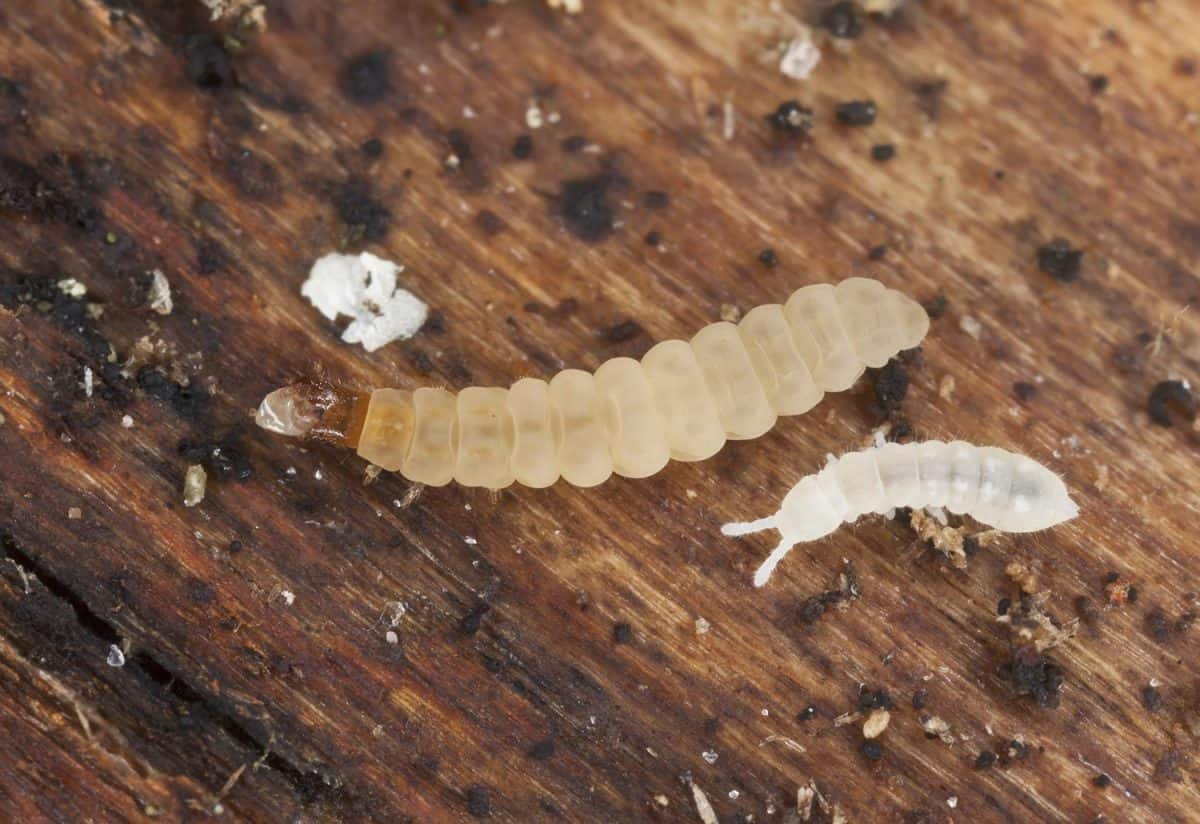
There are species of springtail that feed on healthy crops such as lettuce and broccoli seeds. These species called Protaphorura fimata, are less than 2.5mm long, light in color, and do not have a pronged tail that is commonly found in most species of springtails.
Since they do not have their furcular, you can easily notice them when they start to infest your plants. Once you spot these specific species of springtails, protect your crops using Pyrethroid and neonicotinoid insecticides which will keep your plants thriving and eliminate the infestation.
Are springtails harmful to humans?
Springtails are generally not harmful to humans. They do not bite people, and they don't cause your skin to itch. They are not parasites and do not thrive on human or animal tissue, unlike other pests.
Unlike termites, they also do not carry bacteria or diseases, and they do not eat up your furniture. However, you can still see them on your carpet or beds if you do not have an ideal indoor climate.
In Closing
Springtails are not harmful. In fact, in some cases, they can even be beneficial. What matters most is you get to control the environment in which they are allowed to thrive, and keep them away from areas that you don't want them to invade.
Practice caution when you choose to eliminate these critters and make sure you don't accidentally damage your plants.

